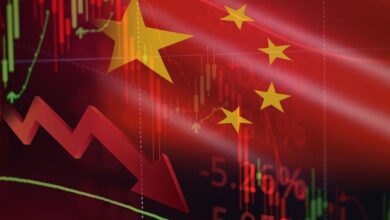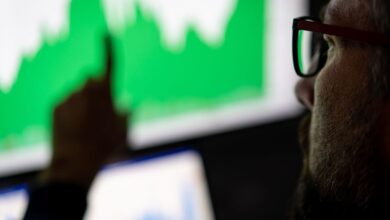A Closer Look at Current Trends

The global economic landscape is a complex and ever-evolving tableau, marked by its recent significant fluctuations. Current data sends mixed signals regarding the health of the US economy, which, despite showing strong growth in the second quarter, faces concerns over the Federal Reserve’s ability to manage interest rate hikes. Such financial maneuvers have the potential to influence the strength of the dollar, which has indeed seen an increase against major currencies. Meanwhile, the stock market has held its ground, with the S&P 500 and NASDAQ indices making minor gains.
This robust economic growth is juxtaposed with a labor market that appears to be losing momentum. The number of jobs added in July barely exceeded those in June and did not meet the anticipated benchmark of 200,000. This slowdown in job creation may affect the Federal Reserve’s future decisions on interest rate adjustments. Raphael Bostic, President of the Atlanta Fed, has noted that the job market is decelerating in an orderly manner, which might reduce the urgency for further rate hikes. In his conversation with Bloomberg Television, Bostic highlighted the growing gap between inflation and interest rates, suggesting that this could naturally constrain the economy and prolong the slowdown.
The uncertainty of the global economic outlook is further compounded by international challenges. China is dealing with the economic impact of its strict COVID-19 policies, while the European Union is navigating the complexities of the energy sector, particularly its transition away from Russian gas. These issues have led to a subdued global sentiment and increased the allure of safe-haven assets such as the US dollar and gold.
The International Monetary Fund (IMF) has weighed in on the situation, projecting that the pace of global economic growth will slow down in 2023. The IMF estimates a GDP growth rate of 3%, a trend that is expected to continue into 2024. This deceleration is especially notable in China, where GDP growth is forecasted to fall significantly compared to previous years.
The current economic indicators paint a multifaceted picture of the global economy. The US has demonstrated resilience with its growth in the second quarter, but the labor market’s lackluster performance raises questions about the future direction of interest rates. The international landscape is riddled with challenges, from China’s economic slowdown to the EU’s energy concerns, all of which contribute to shaping the economic narrative for the coming months. As nations steer through these turbulent times, the emphasis is on the interplay between economic policies, trading reactions and the overarching effects on global stability.
Source link



